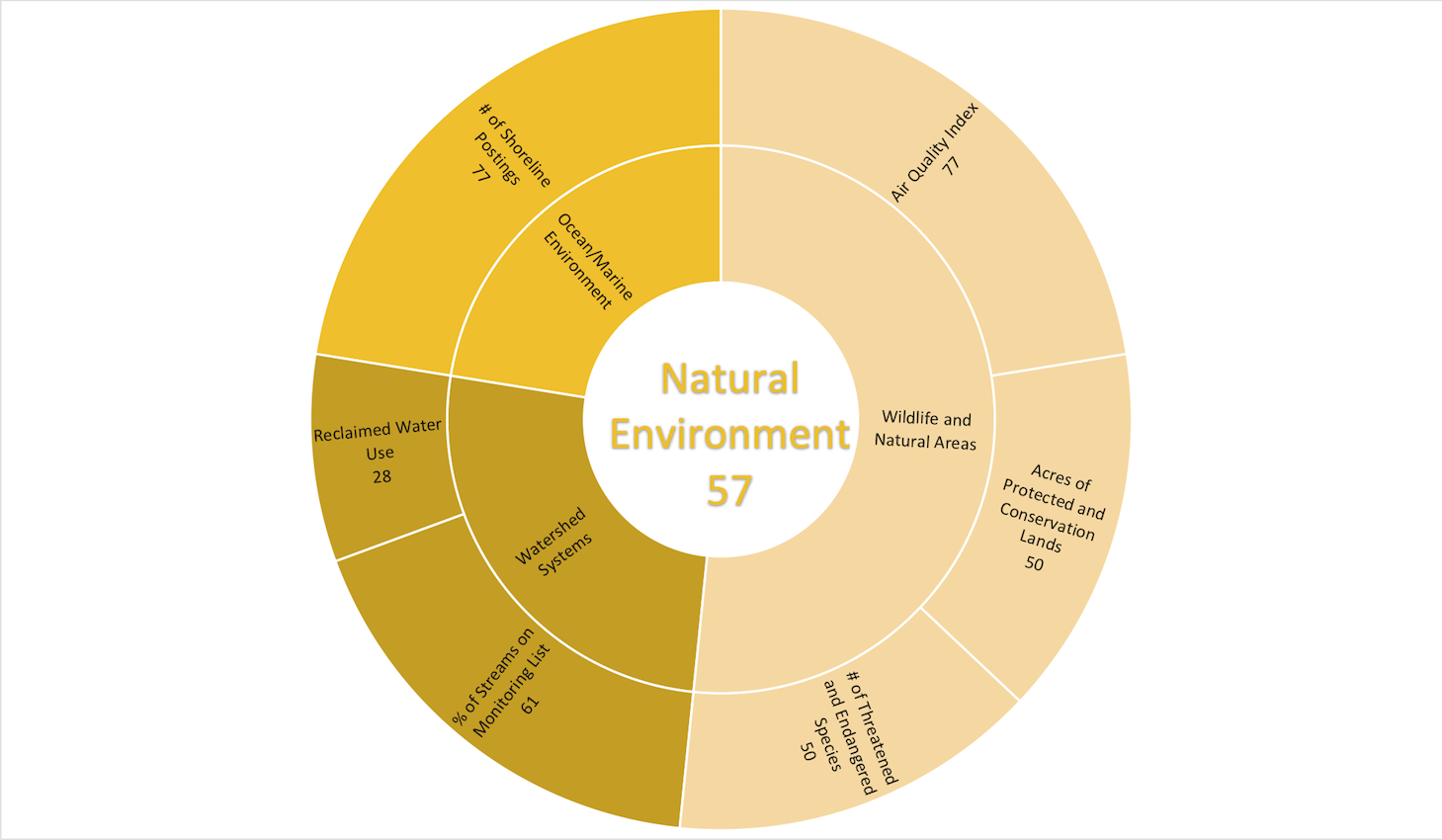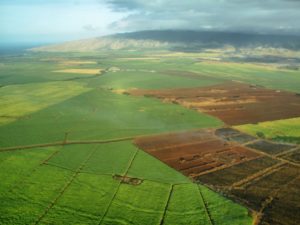Natural Environment Indicators
Tracking indicators of natural environment quality provides information that protects people from the negative effects of an unhealthy environment. Ecosystem services provide us with our food and water, purify our air, and preserve nature itself, giving Maui's residents the opportunity to enjoy open spaces.

Watershed Systems
We cannot live on Maui if we do not have healthy watershed systems. They are necessary for our drinking water, agriculture, and recreation. Our watersheds are home to countless plants, animals, and insects, many unique to the Hawaiian archipelago or even our island. A small decline in watershed quality can have disastrous consequences for a delicate ecosystem
Ocean/Marine Environment
The ocean is perhaps Maui's most precious natural resource. It is used for recreation, gives us food, is important to a number of cultural practices, and is a main draw for tourists. A healthy marine environment is directly linked to a high quality of life on Maui. A high-quality marine environment means the absence of contaminants that negatively affect the marine ecosystems and the people interacting with it.A marine environment with poor water quality will have unhealthy reefs, low or stressed fish population, and may not be able to be used for recreation.Unfortunately, many of these indicators are too complicated to be displayed in a quality of life index.
Wildlife and Natural Areas

The Hawaiian archipelago is known for its vibrant plant and animal life. A high level of biodiversity indicates healthy, resilient ecosystems and a lack of pressure from humans. Maui's natural areas are critical for a high quality of life as they provide us with opportunities for recreation, clean air and water, food, cultural resources, and are a major draw for tourists.